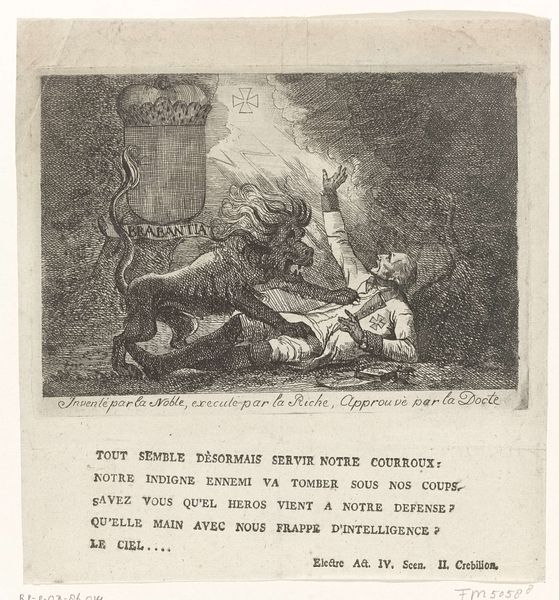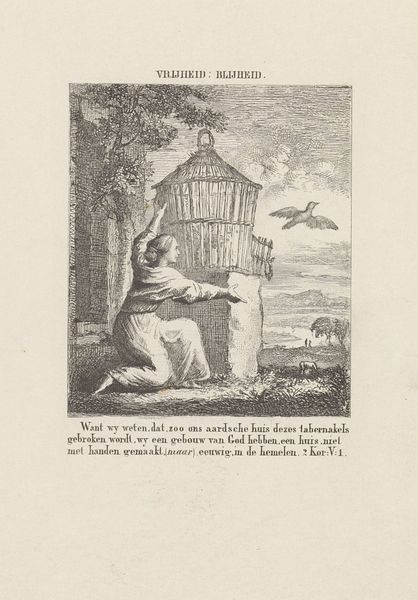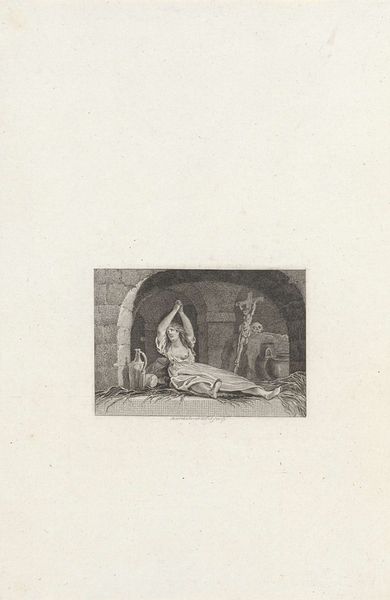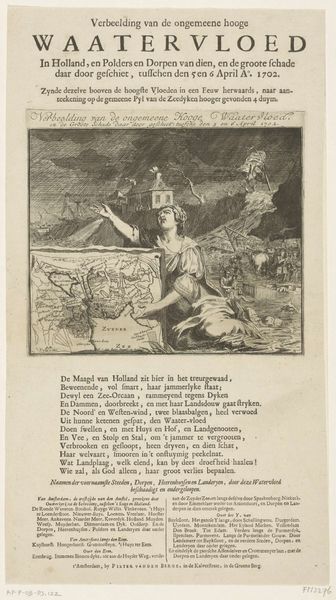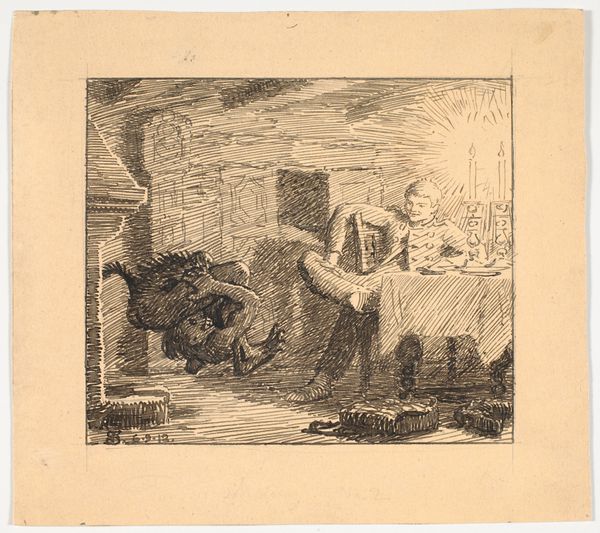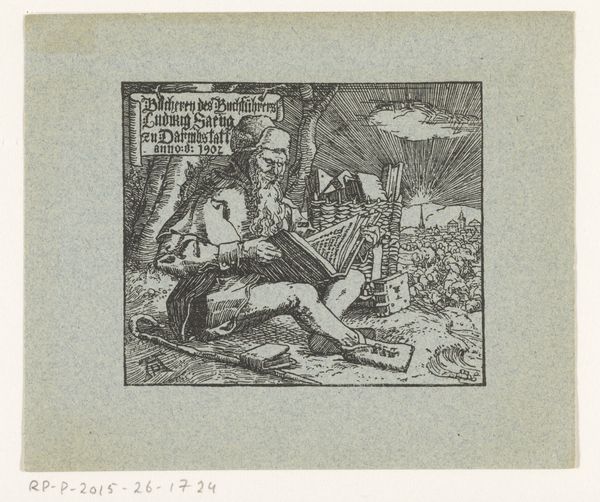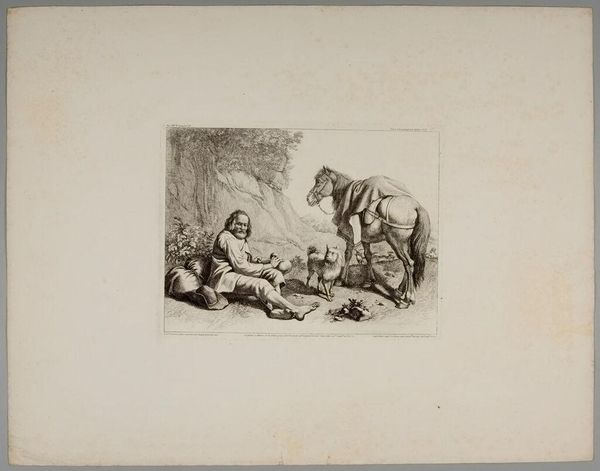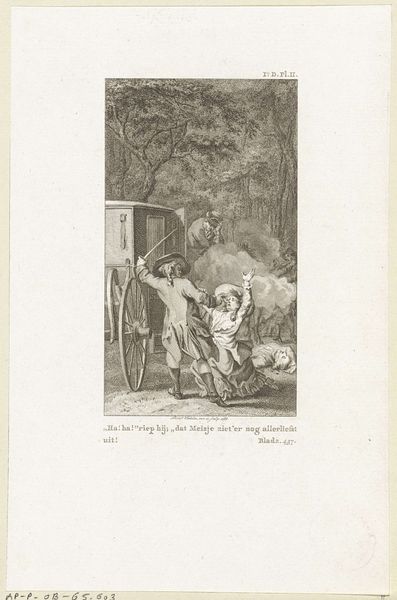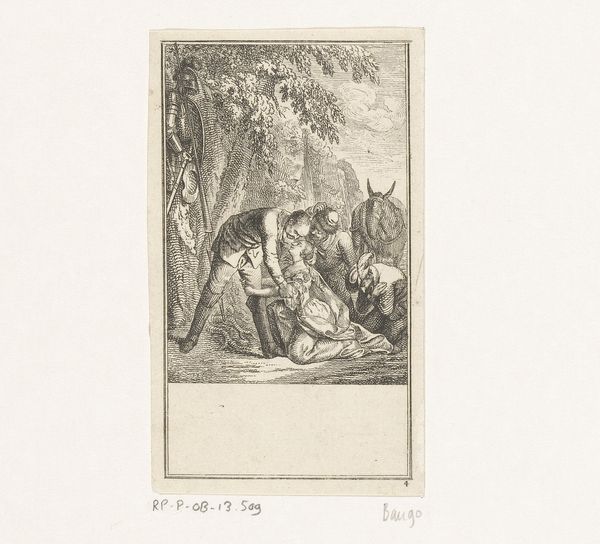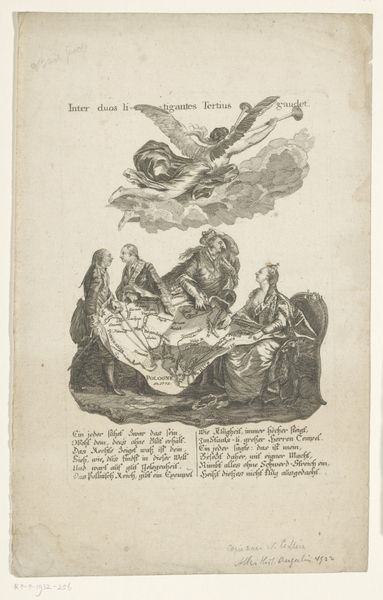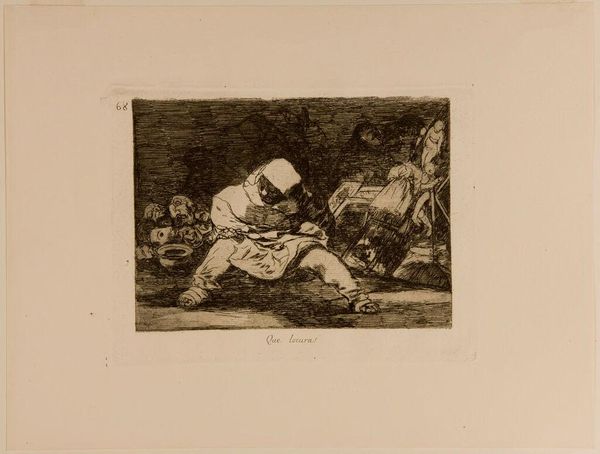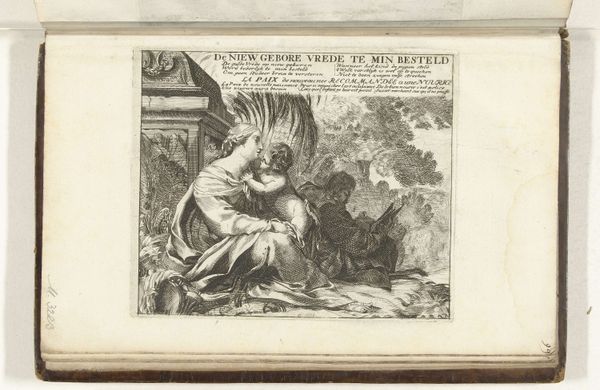
print, engraving
#
neoclacissism
#
allegory
#
narrative-art
# print
#
history-painting
#
engraving
Dimensions: height 271 mm, width 344 mm
Copyright: Rijks Museum: Open Domain
Editor: Here we have an engraving titled "Brabantse leeuw valt keizer Jozef II aan," or "The Brabant Lion Attacks Emperor Joseph II," made anonymously sometime between 1787 and 1790. It looks like a political cartoon, maybe? What do you see in this piece? Curator: This print offers a glimpse into the political turmoil of the late 18th century. Consider the historical context. Emperor Joseph II's reforms, aimed at modernizing the Austrian Netherlands, were perceived by many in Brabant as an assault on their traditions and autonomy. How does the visual language reinforce that sentiment? Editor: Well, you've got the lion of Brabant literally attacking Emperor Joseph! It's a very direct image, and the text makes it clear which side the print supports. Curator: Exactly! Notice how the artist uses allegory to express political sentiments. The lion, a symbol of Brabant, becomes an active agent of resistance. This imagery resonates deeply with local grievances against centralized authority. What impact might this image have had on public opinion? Editor: I can imagine it would stoke resentment against the Emperor, serving as propaganda almost. This wasn't just a work of art; it was part of a broader campaign to sway popular sentiment. Curator: Precisely! Prints like these played a significant role in shaping public discourse. By analyzing its visual rhetoric, we can understand how art becomes a tool for social and political change. Consider the museum displaying this print – what narrative are they creating by showing it today? Editor: That’s fascinating – how even the *display* itself becomes part of the art’s history. I never thought about it that way. Curator: Understanding that is critical for any art historian. Editor: Thanks, I'll definitely be keeping that in mind. This image makes a really strong case for considering artwork as historical artifacts with powerful agendas.
Comments
No comments
Be the first to comment and join the conversation on the ultimate creative platform.
